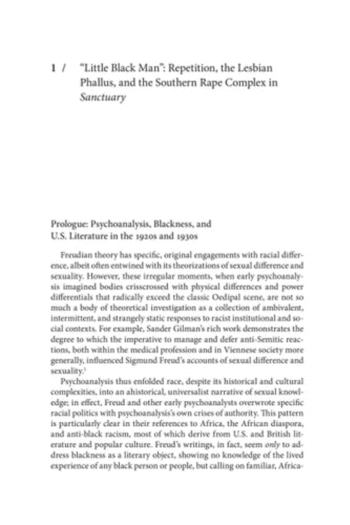**Unveiling New York’s Darkest Fantasies: “The City’s End” by Max Page** Explore the captivating and unsettling psyche behind New York City’s imagined destruction with Max Page’s incisive work, “The City’s End.” This book delves into two centuries of artistic and literary visions depicting the metropolis succumbing to various calamities, from raging fires to devastating floods, and even to modern-day terrorist acts. Page, a renowned historian and cultural commentator, doesn’t just showcase these apocalyptic scenarios; he dissects them. By examining a diverse array of sources, including paintings, novels, films (like Deep Impact), and even computer software, he uncovers the anxieties, fears, and societal tensions that fuel these recurring motifs. Discover how each era’s anxieties be it immigration, economic disparity, or the threat of terrorism are projected onto these dramatic depictions of urban ruin. “The City’s End” isn’t just about doom and gloom; it’s a profound exploration of how we perceive urban spaces, confront our vulnerabilities, and grapple with the complex realities of modern life. It also provides a critical historical perspective on the events of 9/11, revealing how that tragedy resonated with a long history of anxieties about New York’s fragility. A must-read for anyone interested in urban studies, American culture, or the enduring power of the imagination. ISBN: 9780300110265.
The Citys End: Two Centuries of Fantasies, Fears, and Premonitions of New Yorks Destruction
19,73 $
In stock
From nineteenth-century paintings of fires raging through New York City to scenes of Manhattan engulfed by a gigantic wave in the 1998 movie Deep Impact, images of the citys end have been prolific and diverse. Why have Americans repeatedly imagined New Yorks destruction? What do the fantasies of annihilation played out in virtually every form of literature and art mean? This book is the first to investigate two centuries of imagined cataclysms visited upon New York, and to provide a critical historical perspective to our understanding of the events of September 11, 2001.
Max Page examines the destruction fantasies created by American writers and imagemakers at various stages of New Yorks development. Seen in every medium from newspapers and films to novels, paintings, and computer software, such images, though disturbing, have been continuously popular. Page demonstrates with vivid examples and illustrations how each eras destruction genre has reflected the citys economic, political, racial, or physical tensions, and he also shows how the images have become forces in their own right, shaping Americans perceptions of New York and of cities in general.
- Additional information
- Currencies
- USD – United States dollar
- EUR – Euro
- GBP – Pound sterling
- CNY – Chinese yuan
- BRL – Brazilian real
- MXN – Mexican peso
- JPY – Japanese yen
- PHP – Philippine peso
- THB – Thai baht
- PLN – Polish złoty
- CAD – Canadian dollar
- MYR – Malaysian ringgit
- AUD – Australian dollar
- TWD – New Taiwan dollar
- CZK – Czech koruna
- SEK – Swedish krona
- HUF – Hungarian forint
- ILS – Israeli new shekel
- CHF – Swiss franc
- HKD – Hong Kong dollar
- DKK – Danish krone
- SGD – Singapore dollar
- NOK – Norwegian krone
- NZD – New Zealand dollar



